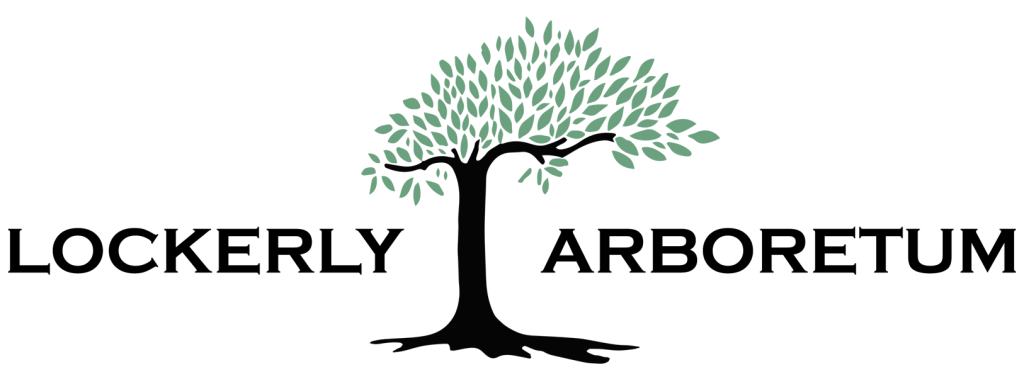LETTERS FROM LOCKERLY: The Secret Life of Trees
Published 2:34 pm Wednesday, March 5, 2025

- Lockerly
When a tree dies, it may seem like the end — but in reality, it is just the beginning of a new ecological role. Standing dead trees, known as snags, and fallen logs provide essential habitats for wildlife, contribute to forest regeneration, and recycle nutrients. These natural features support over 1,000 species nationwide, proving that even in death, trees sustain life.
I often hear the rhythmic drumming of red-bellied woodpeckers perched on snags along Lockerly’s nature trail. Woodpeckers carve out nesting cavities in dead wood. These cavities later become homes for secondary nesters like chickadees, bluebirds and owls. Bats roost beneath the peeling bark of dead trees, while raccoons and squirrels use natural hollows as dens. Even amphibians and reptiles find refuge under fallen logs, using them as protection from predators and harsh weather. Dead trees also serve as lookout points for birds of prey. Raptors such as hawks and owls perch on the high branches of snags to scan for food.
Beyond shelter, snags and decaying logs support a complex food web. Insects, fungi, and microorganisms thrive in decomposing wood, attracting birds that feed on these insects. Decomposing wood also fosters the growth of mosses and lichens, which help break down the tree while adding nutrients back into the soil. Organic material, including damp rotting wood and leaves, encourages the growth of mushrooms. These mushrooms, in turn, provide food for insects, turtles, birds, mice, squirrels, and deer.
Trending
Snags and logs contribute to more than just wildlife habitats — they also help stabilize ecosystems. As fallen logs decompose, they replenish soil nutrients, prevent erosion, and retain moisture. In some cases, these logs act as “nurse logs,” providing a fertile growing medium for new seedlings.
Large woody debris also plays a crucial role in aquatic ecosystems, creating a more diverse habitat. Fallen trees provide cover and hiding places for fish and other aquatic organisms, while exposed logs serve as basking and perching sites for reptiles and birds. The water tupelo tree on the edge of the pond at Lockerly arches gracefully, its branches resting across the surface of the water. On a sunny day, you can find semi-aquatic turtles basking in its canopy.
Landscaping usually prioritizes the removal of dead trees for aesthetic reasons or to reduce potential hazards. However, in many cases, deadwood can be safely retained to benefit wildlife. If a standing dead tree poses no risk to people or property, consider leaving it in place. If removal is necessary, leaving a portion of the trunk or relocating logs to a safe part of your yard can still provide valuable habitat. By recognizing the ecological value of dead trees, we can create healthier, more biodiverse landscapes. The next time you see a standing dead tree or a fallen log, remember — it’s still full of life.
Interested in learning more about the many ways you can upcycle stumps, logs, or brush into beautiful garden features that also support wildlife?
Be on the lookout for registration for our upcoming program: Stumpery Workshop: How to Create a Victorian Shade Garden.
—Carter Payne is a horticulturist at Lockerly Arboretum.





